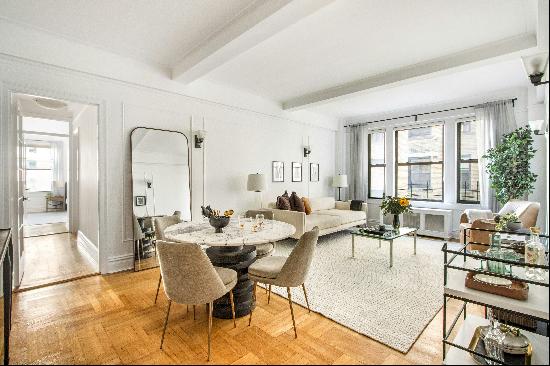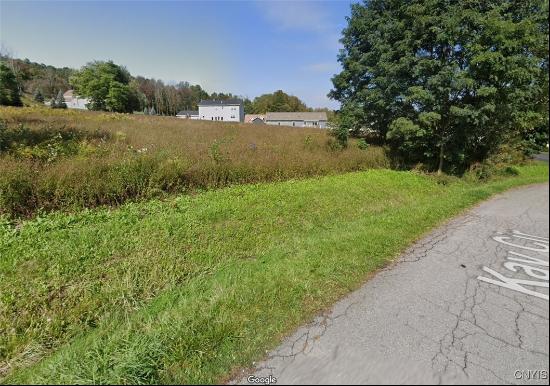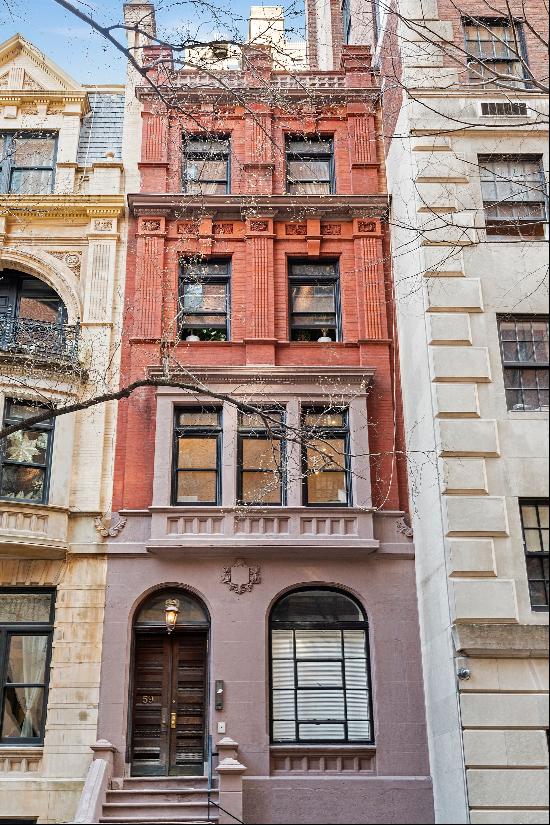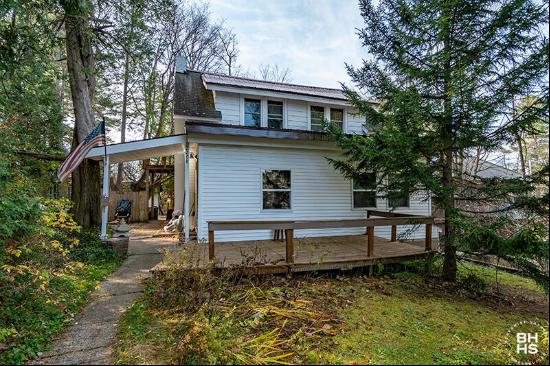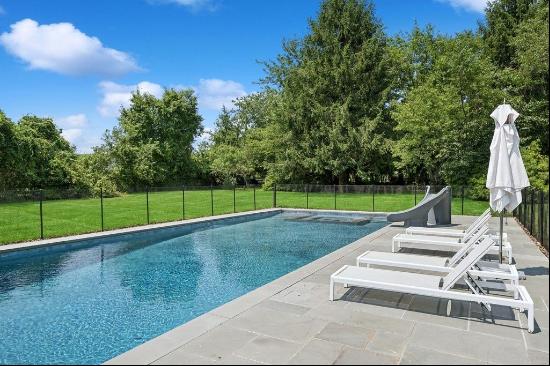
By Edwin Heathcote
Among the most popular videos on Netflix and YouTube there is something of a curious contradiction. Through these most digital of media, we seek out the most physical of domestic comforts: videos of crackling fires in rustic-looking hearths.
It seems we still miss the flames. Air pollution regulations in big cities such as New York and London have largely put an end to new wood-burning fires, but it seems to have only made that nostalgia burn brighter — and at no time more so than Christmas.
There’s a surprisingly long tradition of converting the television into a hearth. At Christmas in 1966, New York TV channel WPIX broadcast The Yule Log, a programme of a burning piece of timber, filmed at Gracie Mansion, the residence of the mayor of New York City and it became a roaring success. It was repeated (and “sequels” were made) until 1989, but it was revived in the aftermath of the 9/11 attacks on New York, when the channel decided the city’s traumatised viewers needed a little solace — it was the most watched show in New York on Christmas Day 2001.

It might be trite to suggest that the TV replaced the fireplace as the focus of every living room, and that the laptop and the phone have now replaced the TV, bringing with them a portability that is the polar opposite of the static hearth. But we do seem to yearn — particularly at this time of year — for the solidity of the chimney breast and the fireplace. Fake fireplaces continue to be a common addition to new homes and our conception of the room seems to still be so bound up with the particular appearance of the hearth and the symmetry and solidity it confers.
Without a fireplace, we might think our rooms lack a certain focus. I am often surprised to come across 50th-floor apartments with large hearths or those black hanging fireplaces, their bulbous bellies suspended by their chimney. There is a clear conflict between the modernist sensibility — which tended to eschew difficult-to-maintain fires in favour of radiators or concealed underfloor heating — and the odd intrusion of the old tech of an exposed stovepipe. Yet it seems even the most modern of modernist still yearns for the elemental quality of the fire.

Almost every property I’ve lived in has had something wrong with its fireplaces. For the first time, I’m in a house with the remains of a fireplace, which means it at least has a mantelpiece and somewhere I can stick candles in a wan gesture to the real thing. I understand the enthusiasm for the digital version entirely. Most of our fireplaces are now only representations anyway — either the remnants of one-time working objects or the ghosts of a memory of the real thing, resurrected with no intention of ever having highly polluting or dangerous real flames anywhere near them. All most of us city dwellers can do is peer in through a screen.
Photography: Dreamstime.com; Alamy


